I have heard of Nhon Hai for a long time, but it was only now that I witnessed things that “science cannot explain” here.
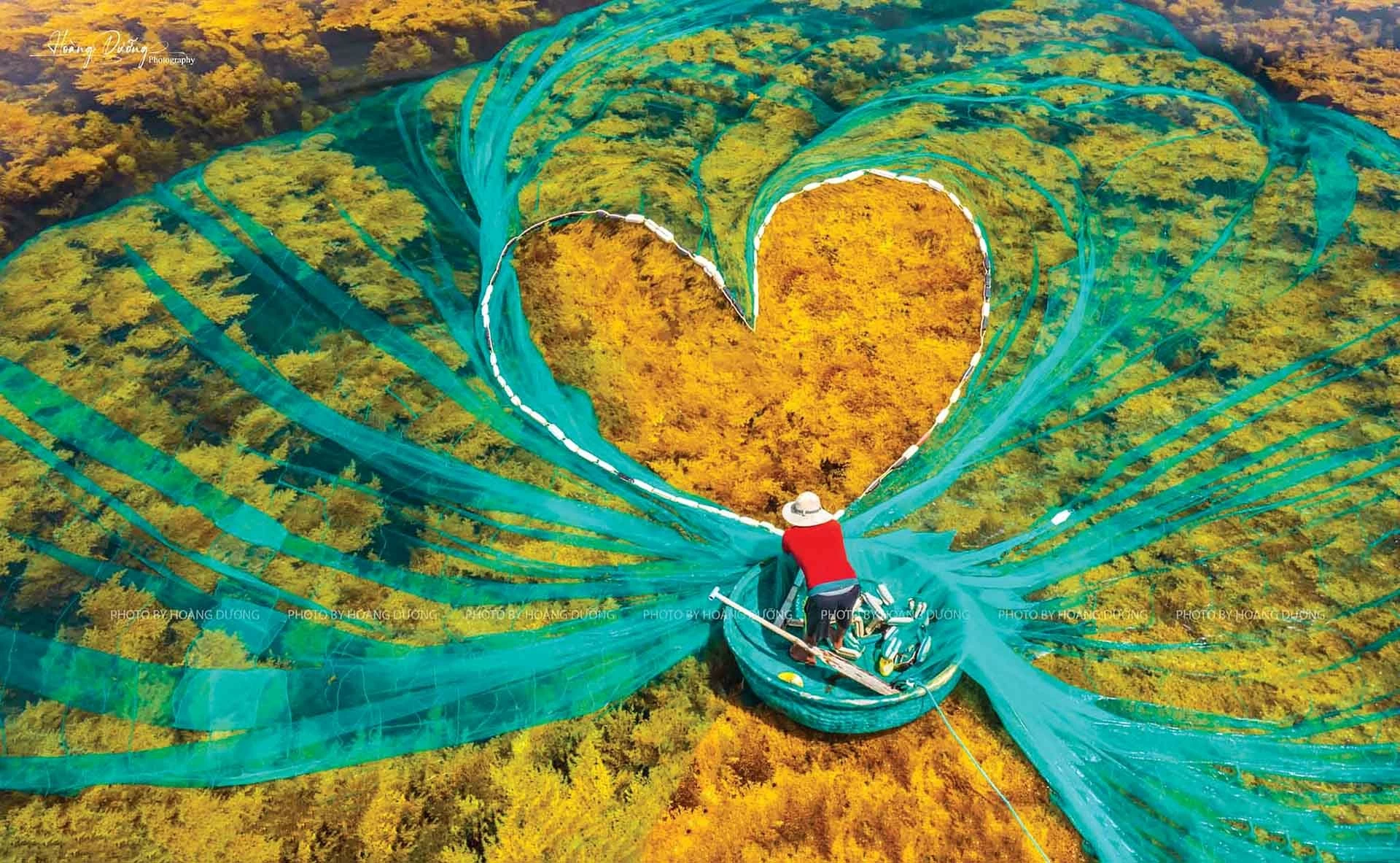 |
| Seaweed season in Nhon Hai. (Photo: Hoang Duong) |
From Quy Nhon city, running along the blue sea, white sand and yellow sunshine for about 30 km, we visited Nhon Hai fishing village.
Walking in the ocean
You can't swim, you're not good at diving but you want to "walk" in the middle of the ocean? You want to see live corals under the sea with the naked eye? You don't have to look far, right in Nhon Hai - Quy Nhon, you will experience this feeling when walking on the ancient wall under the sea, which only appears a few times a month.
I was lucky to have Mr. Vu Trong Huu, born and raised in Nhon Hai, volunteer to be the “tour guide” for the trip. Mixed in with the sound of the sea breeze, he humorously said: “Anyone who loves poetry but has not visited Han Mac Tu’s tomb has not been to Quy Nhon. Anyone who loves exploration but has not visited the ancient citadel wall of Nhon Hai has not been to Quy Nhon”. Following the direction he pointed, Nhon Hai fishing village appeared curved, as if wanting to stretch out its small arms to embrace the blue sea.
Except for stormy days, most of Nhon Hai sea always wears a beautiful jade-colored coat. From afar, the fishing village looks like a princess on the ocean shore, with the crown of Hon Kho island standing out among the charming colorful coral reefs. Her hands seem to be holding up a mysterious ancient wall - a gift that Mother Nature bestowed on Nhon Hai under the sea, appearing only twice a month, on the first and fifteenth day (according to the lunar calendar - the Moon calendar).
Mr. Huu shared that the ancient citadel wall was discovered by local people a long time ago. But it was only later, a few years ago, in August, that the green moss on the stone embankment grew as smooth as a young girl’s hair, attracting tourists to visit. During the Lunar New Year, many tourists flocked to celebrate Tet and watch the sea, making Nhon Hai crowded. Since then, people often mentioned “Nhon Hai moss” and then, people came to the old dam to find the feeling of standing in the middle of the ocean. And then the name “Nhon Hai ancient citadel wall” was born from there.
There are not just one but two such ancient walls here. The first one connects the cliffs of Hai Nam village (Nhon Hai fishing village) to Hon Kho island of Hai Dong village. The second one is in Hai Giang village, about 5km away, also submerged under the sea level. When the tide is low, you can see a section of the wall more than 3km long near the shore, which the locals call Rang Cau.
“Unfortunately, this season is September. When you come, the moss is all over, only seaweed remains. Although it is the end of the season, it still floats on the sea surface, forming streaks and a beautiful yellow carpet,” said Mr. Huu.
We stopped at Nhon Hai fishing village, where the first ancient wall was. Before my eyes was a straight white line as if drawn by the waves, connecting the cliff of Hai Nam village to Hon Kho island. Mr. Huu called out: "Ms. Mien, let us go to the dam to play with you!". Pulling the boat to shore, Ms. Mien with her strong face typical of coastal people, and her skin "fresh with thoughts" looked at us and smiled kindly. The boat ran for about 5-7 minutes, bringing us to this natural wonder. The ancient wall gradually appeared with waves crashing from both sides, so from afar you could only see the white streak. In the middle of the white streak, a small path about 2m wide gradually appeared - one end led to the cliff of Hai Nam village, the other end towards Hon Kho. The total length of the path was easily several kilometers. It is said to be towards because the other end did not connect to Hon Kho island but still had a gap of several hundred meters long. That is where boats and small ships go back and forth from the sea to the shore or from the shore to the sea to catch seafood.
The boat stopped right in the middle of the ancient wall, a gap of about 10 meters wide. We waded a few meters and reached the floating wall. It seemed like we were cruising in the middle of the vast ocean. A feeling I had never experienced before.
Around the wall, the shells clung tightly. For the first time in my life, I saw with my own eyes a small coral reef emerging from the clear water.
I gently touched them, feeling soft and smooth. The broken walls, where water flows in from the sea, are where coral grows most concentrated. And at this time, we don’t need to wade deep into the sea like in Hon Kho or Con Dao to be able to see the coral.
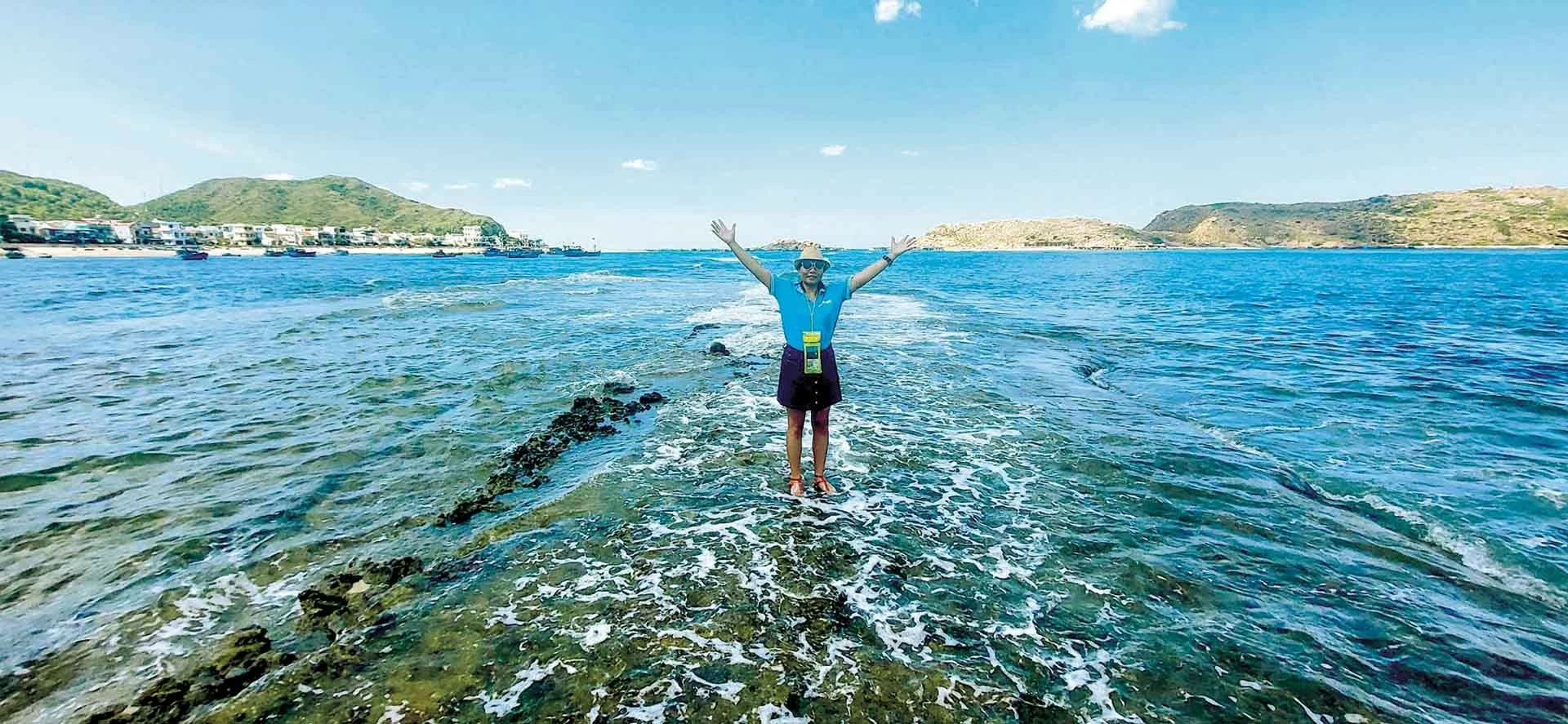 |
| The author stands at the Old City Wall area. (Photo: George Newman) |
Mystery of ancient wall under the sea
We walked around for about an hour before Ms. Mien came to pick us up. She said that the elders in the village called this the dam. No one knows when it was built, but this ancient wall only appeared above the water about 40 years ago. It is most obvious on the first and fifteenth days of the lunar month, or when the tide is low, then the road will appear. Specifically, in the first half of the year - in June, this ancient wall will dry up in the morning, on the 8th to the 12th of the lunar month. From the following months until the end of the year, on the 15th to the 20th of each month, the wall will dry up in the afternoon. Especially every month, on the first and fifteenth of the lunar month, when the water is lowest, the ancient wall will be most clearly revealed.
According to Ms. Mien, relevant officials and scientists also came to survey, but it is not known how old this wall is or how it was built. We only know that the surface of the wall is quite flat, more than 10m wide, but the height is not yet determined. Here, local people who dived down and used iron nails to hold the ship confirmed that the wall was not built of stone or brick but of something like solid mortar.
This area has two sections of ramparts and has a similar structure, so many people assume that it is one long rampart. However, no one knows exactly how long this ancient rampart is and when it was built. We just call it the dam, which helps block sea storms and protect fishermen.
Perhaps, Nhon Hai citadel and the stone rampart on Tam Toa mountain are related defensive structures, although there is no document mentioning the citadel being built in Nhon Hai sea area.
Dr. Dinh Ba Hoa, former Director of Binh Dinh General Museum, shared that he once surveyed and thought that this was a construction built by the Champa people in the past. However, later, some of his friends who worked in geology came to take samples and thought that this was an ancient coral reef formed by nature millions of years ago. It is possible that this is an ancient coral reef, not the coral reefs of today. In the process of geological formation, the creation of this ancient coral reef is also something that cannot be explained. As for whether the Champa people later used it as a port or not, there is no document mentioning it.
Letting my soul follow the cool sea breeze, I watched couples happily taking photos on the ancient citadel wall - this unique road and felt that Nhon Hai will soon become a tourist capital. The ideal time to travel to Nhon Hai fishing village is from March to September. At this time, Nhon Hoa beach has bright sunshine, gentle waves, very suitable for playing. If you are lucky, you can also admire the beauty of green moss clinging to the stone embankments close to the sea. Especially, from May to July, when the rows of ripe yellow seaweed sway in the clear blue sea water, it can captivate people's hearts.
Source: https://baoquocte.vn/mon-qua-dac-biet-o-nhon-hai-286991.html



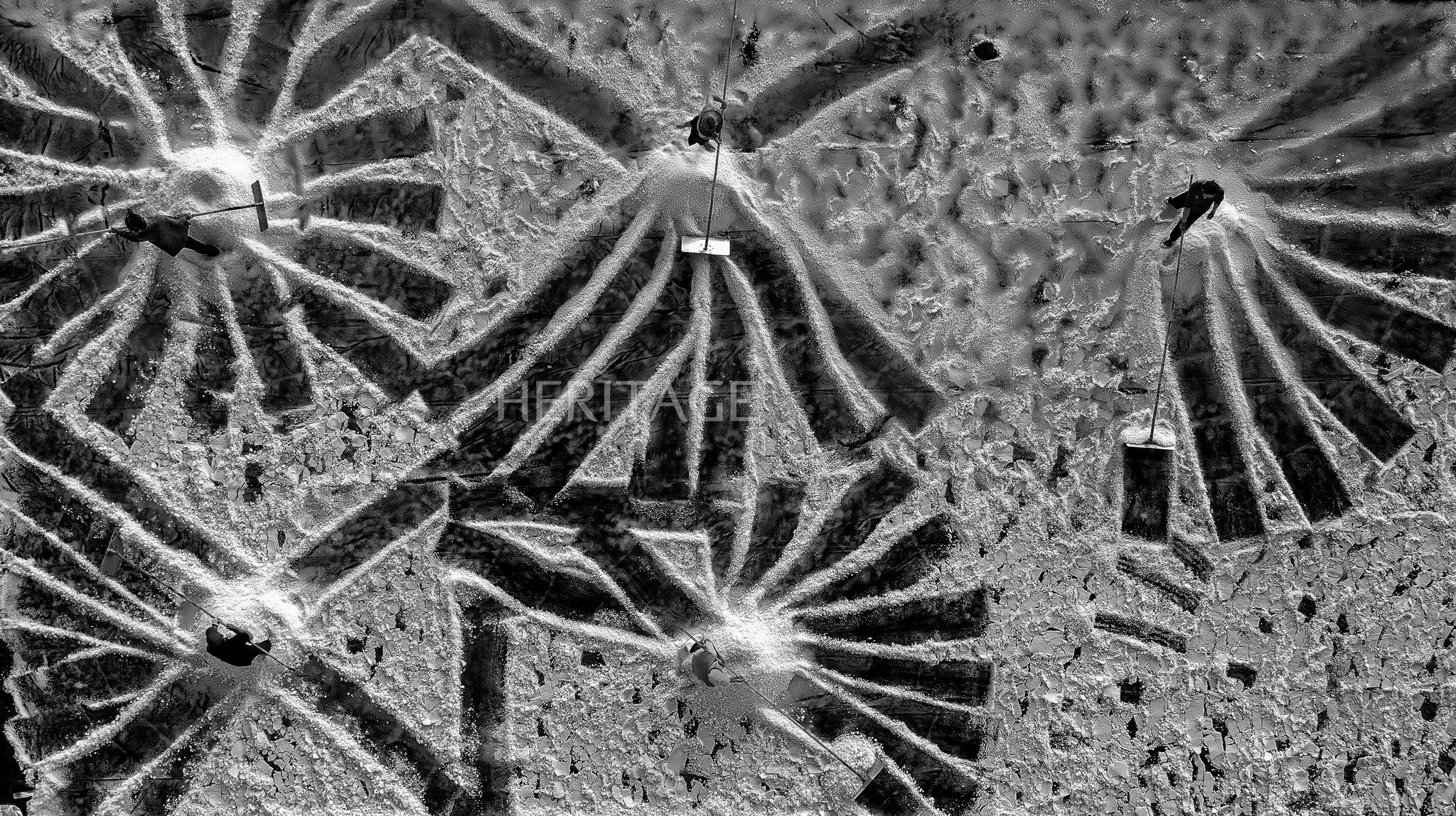
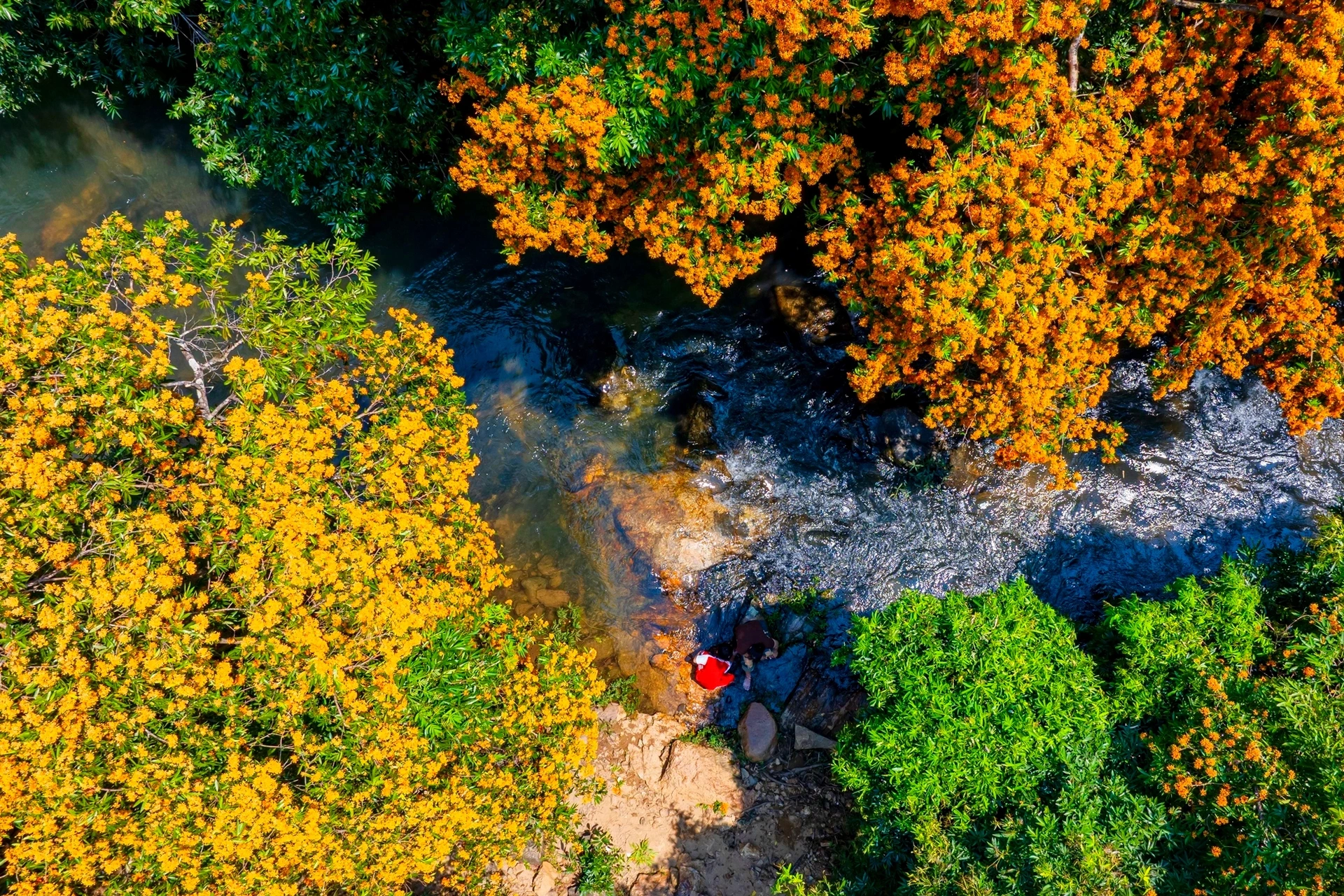
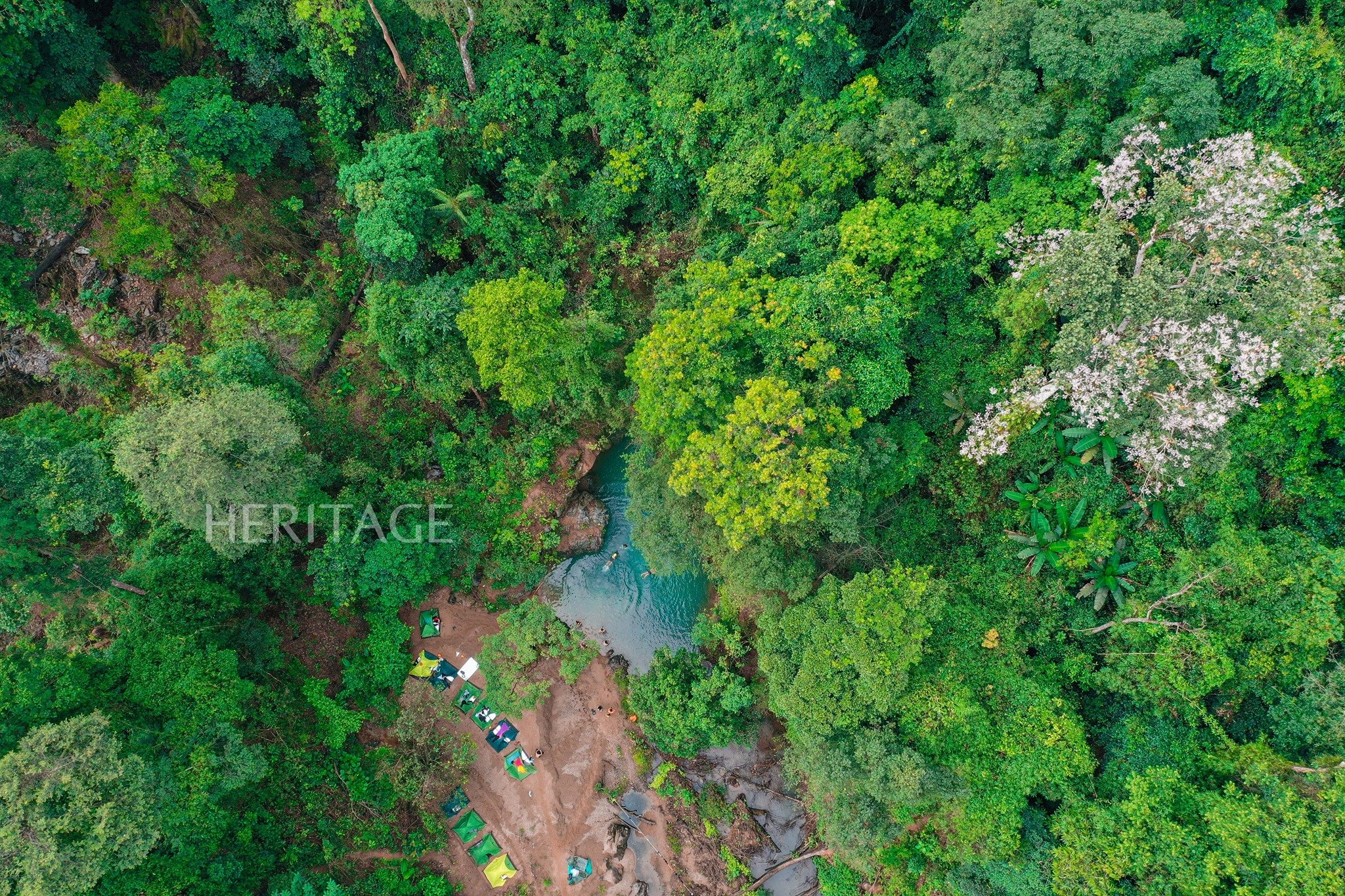







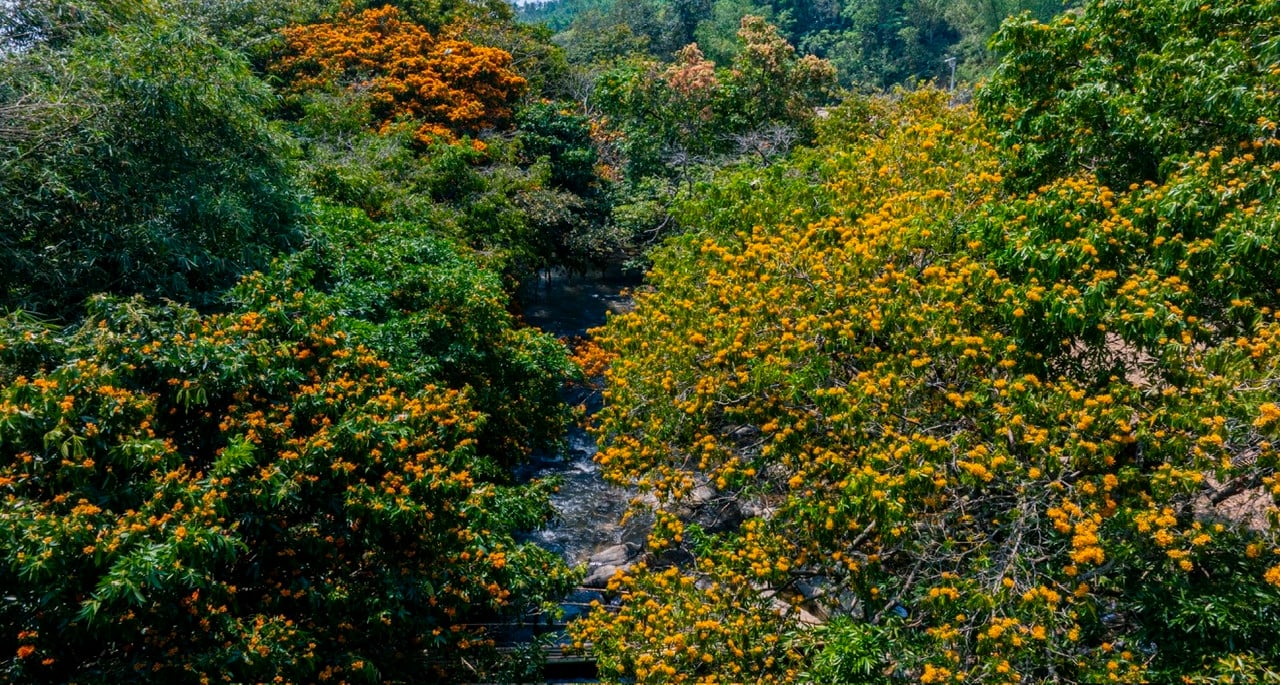



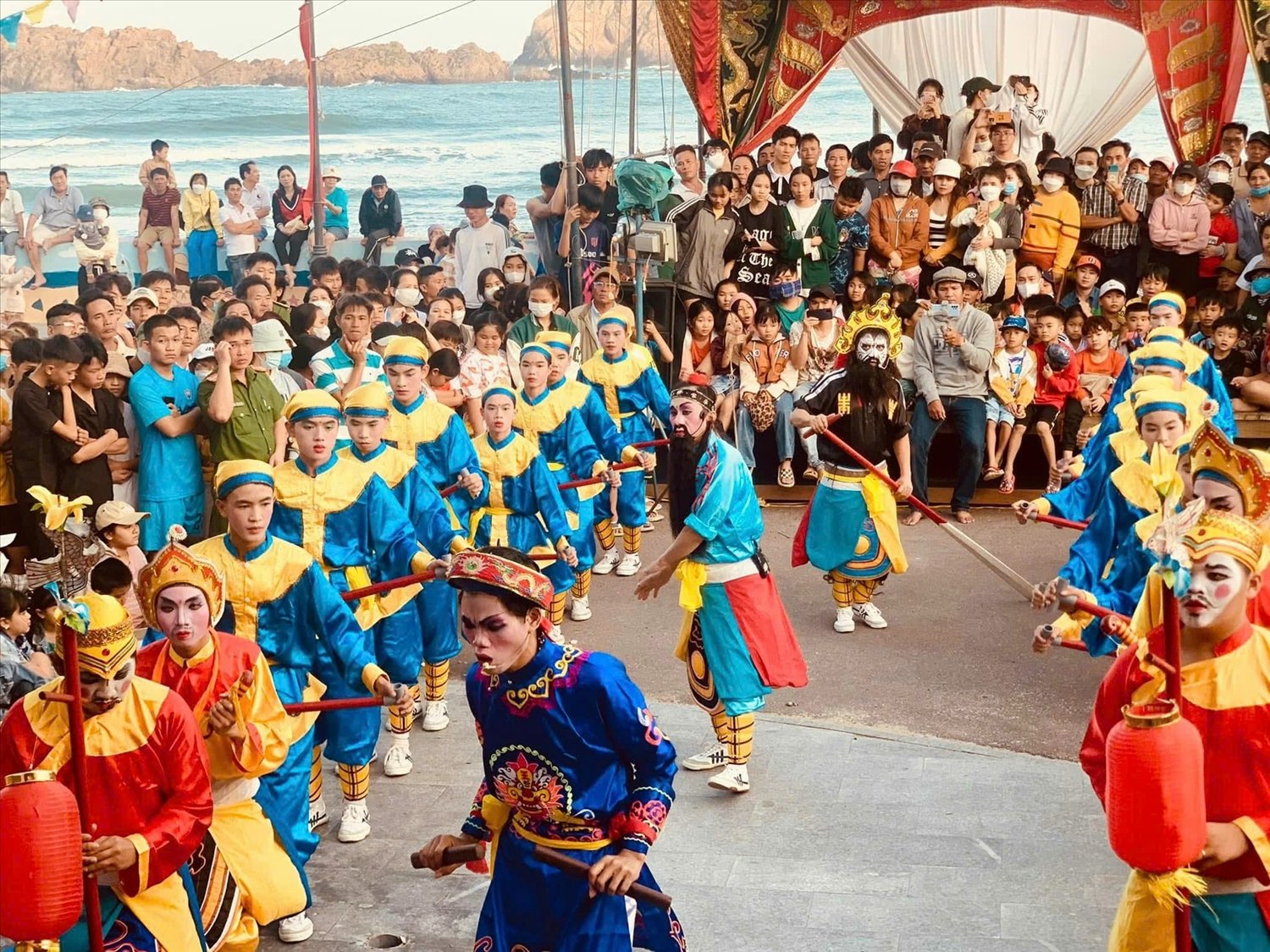







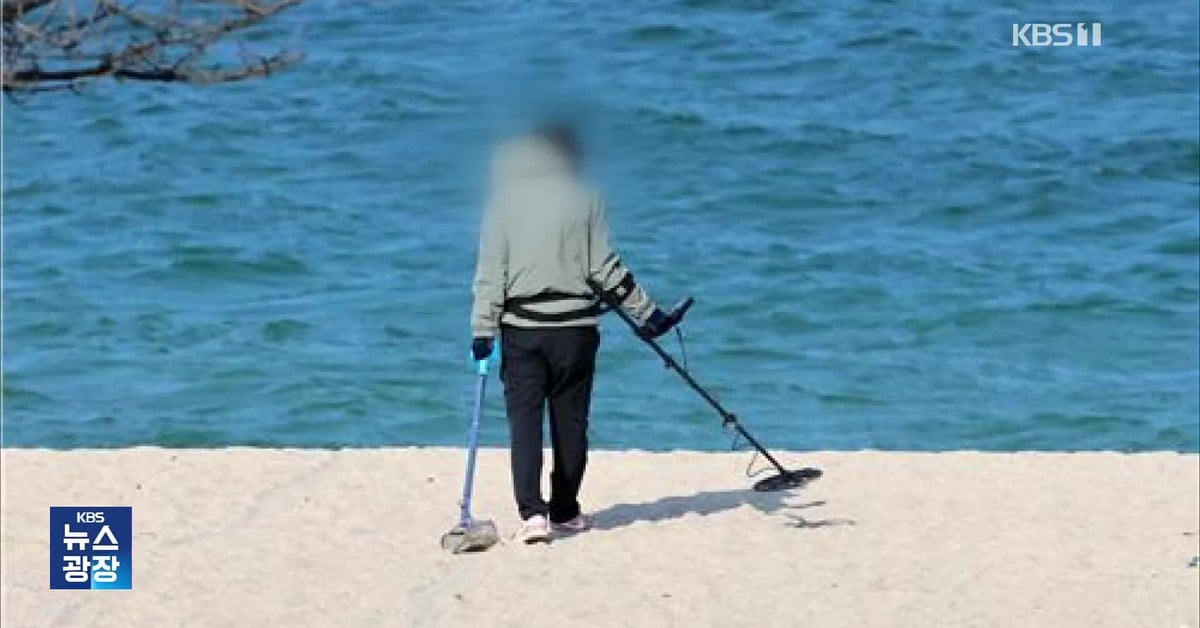










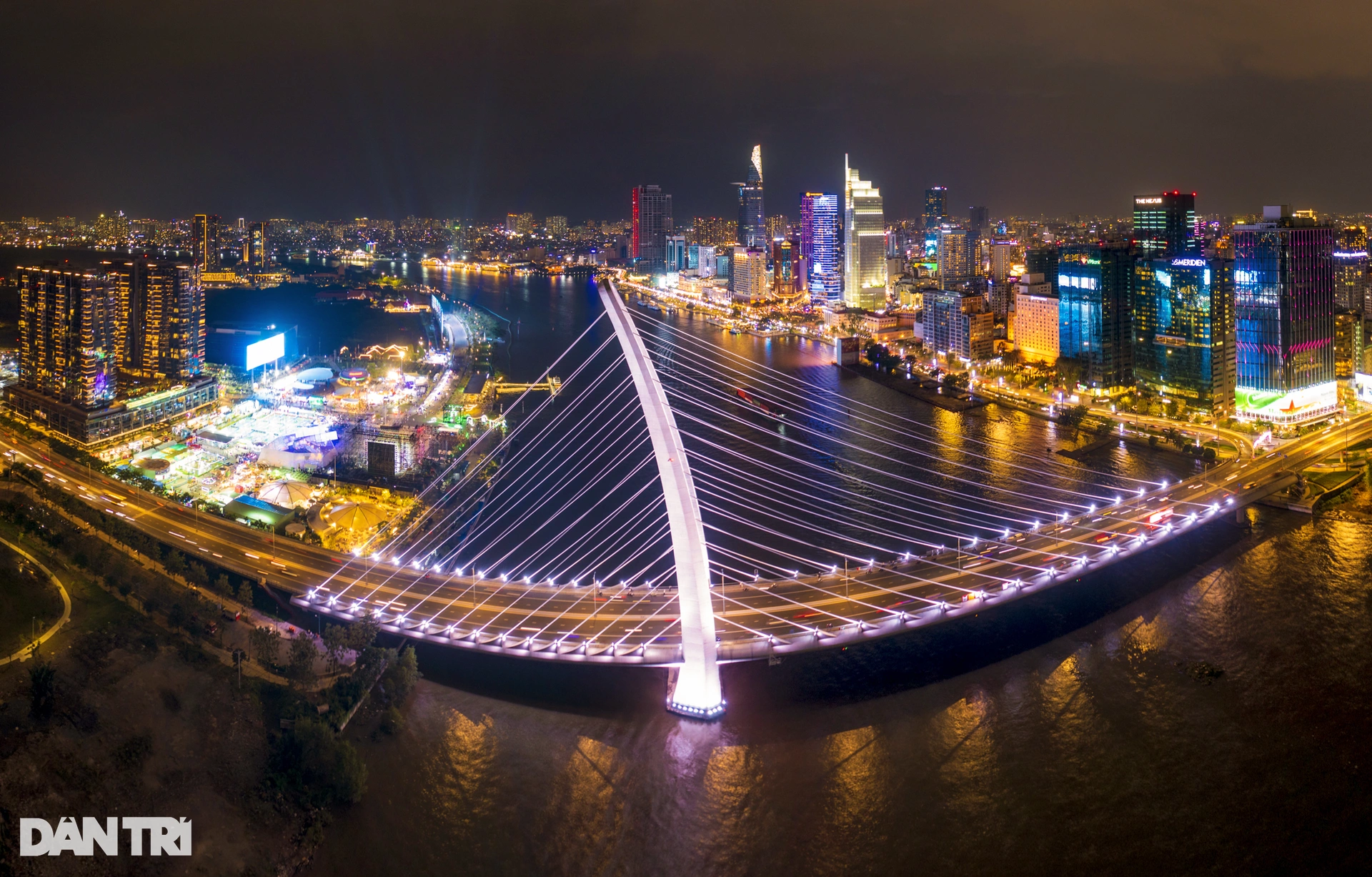
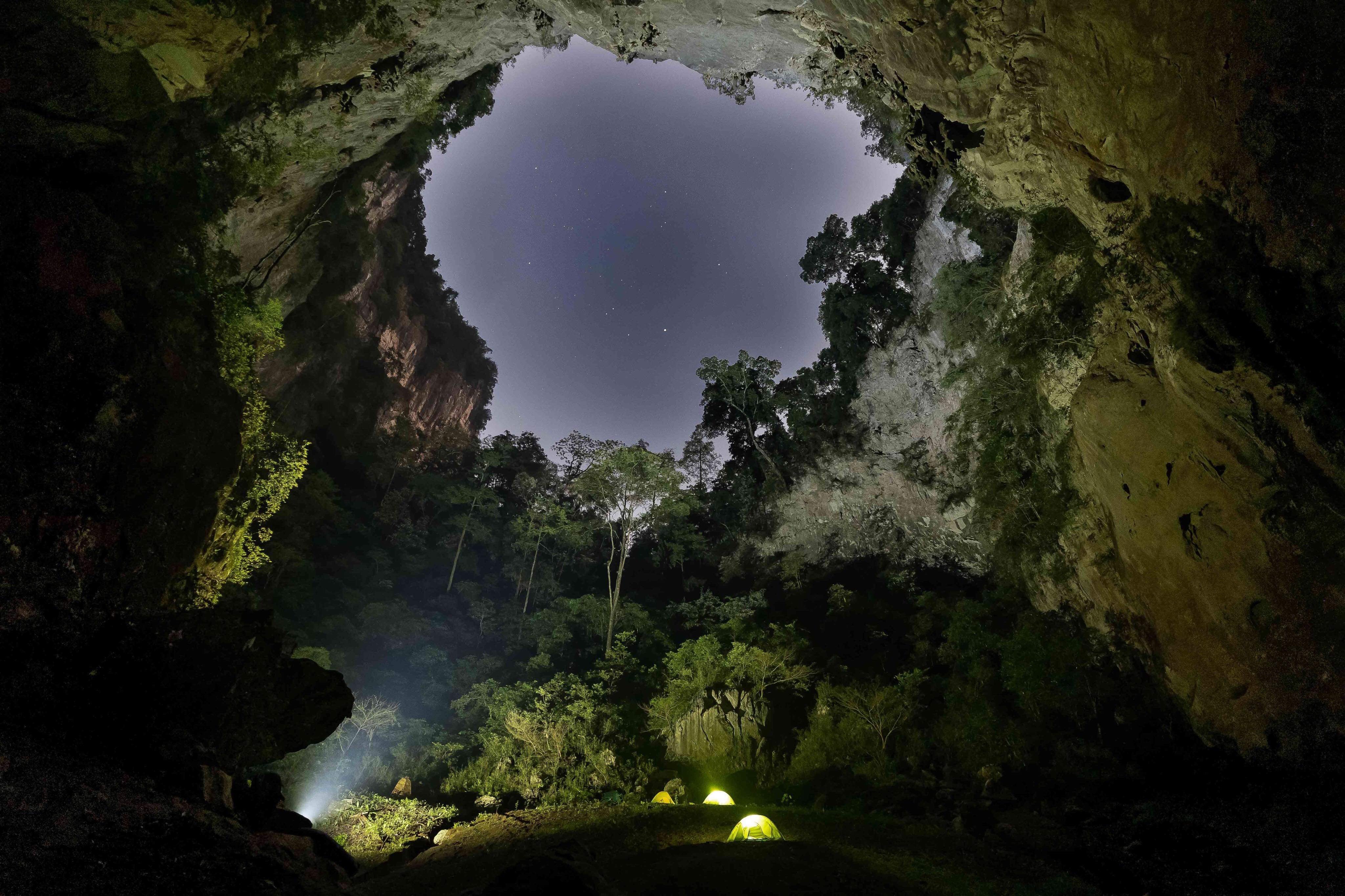
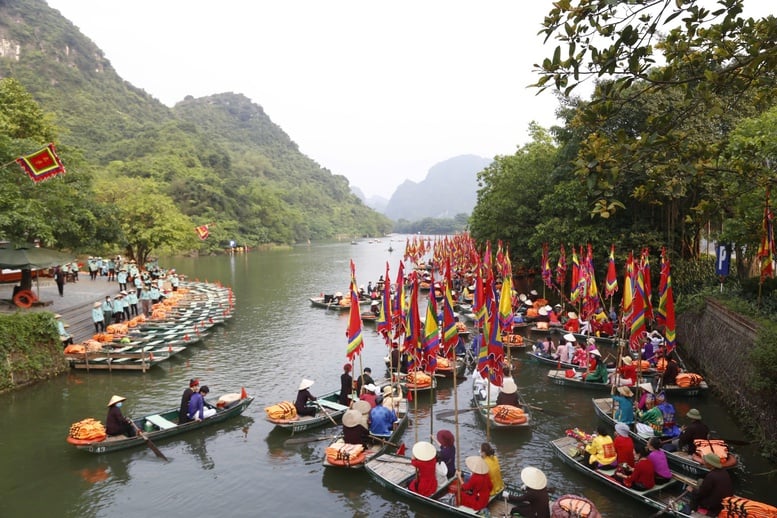




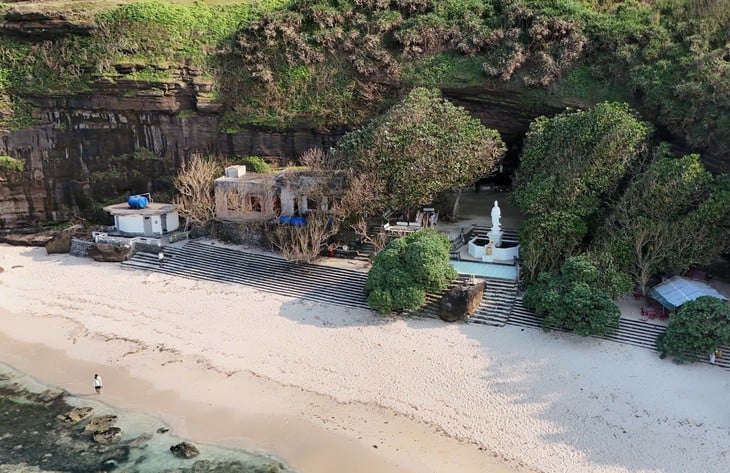
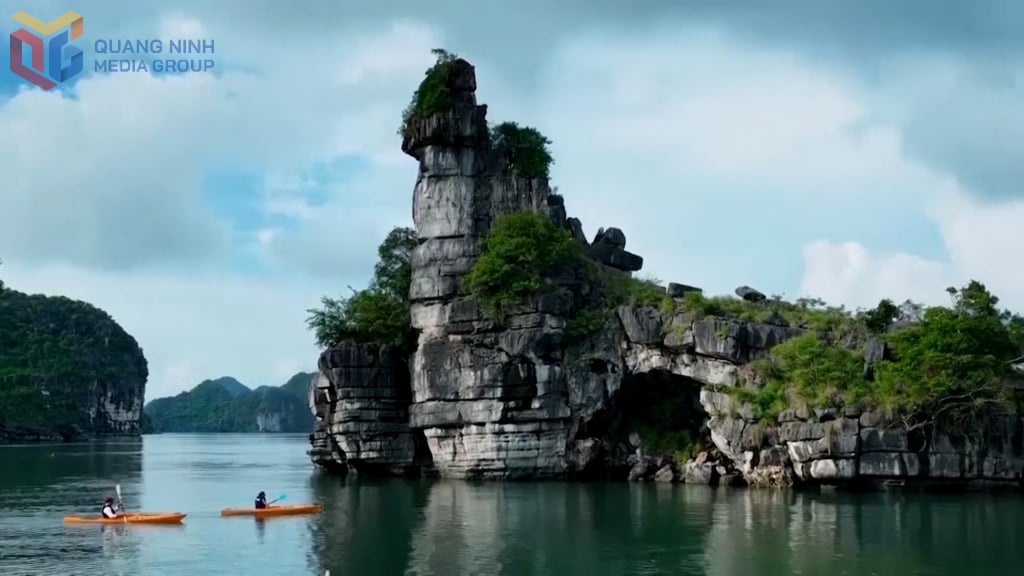


















































Comment (0)